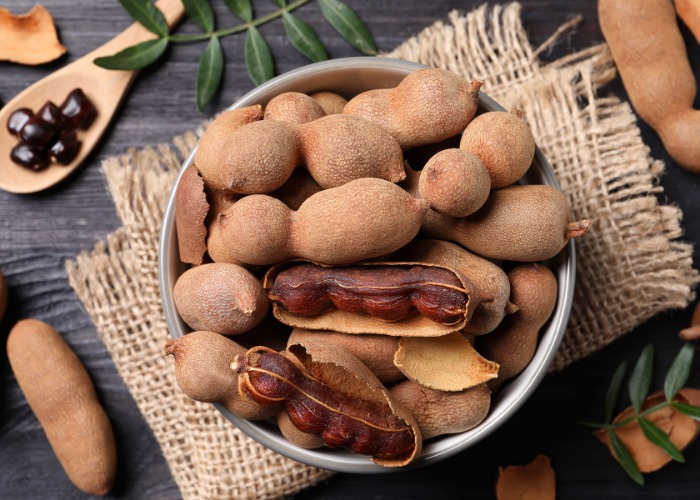What Does Tamarind Taste Like? A Comprehensive Flavor Exploration
– Tamarind is a tropical fruit and a legume
– Native to Thailand, tropical Africa, and parts of India
– Thailand and India are the biggest producers of tamarind
– Tamarind is popular in Asian and Middle Eastern cuisine
– Inside tamarind pods are seeds covered in a paste-like, sticky pulp
– The flavor of tamarind is described as sour and tangy, but can be sweet when ripe
– Tamarind can be compared to lemon juice or lime with a sweet undertone
– Tamarind can be sweetened with sugar or coconut milk for sweet recipes
– Tamarind is used to add flavor to marinades, sauces, drinks, and desserts
– Tamarind is used in Worcestershire and BBQ sauce
– Tamarind sauce is important in savory dishes like pad thai, curry, and soups
– Tamarind is a rich source of antioxidants and vitamin C
– Some studies show that tamarind may be able to fight cancer
– Tamarind is rich in fiber and is good for heart health
– It may help lower cholesterol and blood pressure, preventing heart disease
– It has laxative effects and can be used to treat constipation, stomach pains, and pregnancy-related nausea
– Tamarind has also been used to treat colds and fevers
– Tamarind can be eaten raw and is a popular ingredient in many Asian and Indian recipes
– It pairs well with coconut milk, ginger, coriander, and sugar in desserts and candies.

